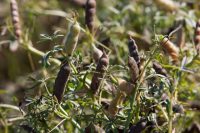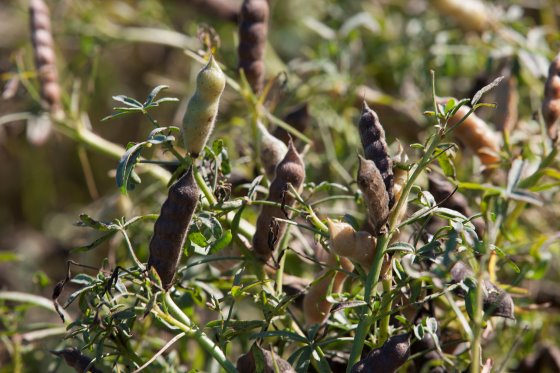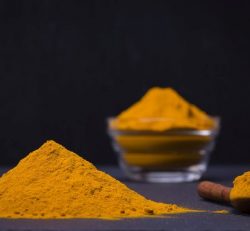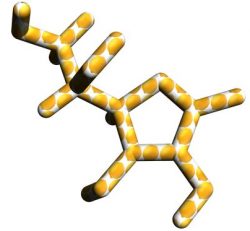HOW TO DEAL WITH BITTERNESS FOR PIGS
Taste perception helps pigs assessing food quality through the recognition of at least five basic tastes: sweet, umami, sour, salty and bitter.
The first four are identified by a small number and types of taste receptors, whereas the latter is identified by a large number of bitter taste receptors from the T2R family (15 known in pigs). Bitterness is the most sensitive and complex of the tastes and is innately associated with an unpleasant and aversive sensation. It acts as a central warning signal to protect animals against the ingestion of potentially harmful substances, such as toxic secondary metabolites that are commonly produced by plants to deter its consumption.
The binding of bitter compounds to T2Rs signals the brain, triggering aversive responses and the induction of anorexic signals, ultimately reducing feed intake (see Figure 1).
Figure 1 – Bitterness perception mechanism at the oral level.

Bitterness in commercial feeds
Some plant-derived ingredients used as raw materials in commercial feeds may contain non-toxic bitter compounds, such as anti-nutritional factors, that have been reported to decrease feed intake. In addition, certain commonly used phytogenic and pharmaceutical additives (see Table 1) containing a wide range of compounds with beneficial effects (e.g., improving enzymatic activity in the gut, showing anti-oxidant, anti-inflammatory or antimicrobial effects) can also trigger bitter taste receptors and cause behavioural aversions to feed.
In an experimental model where piglets were already adapted to solid feed (21 days after weaning), the inclusion of common bitter additives in diets resulted in a fast reduction (about 8%) in feed intake. An even worse feed acceptability would be expected in critical periods, such as weaning.
Table 1 – Bitter components in feed and their impacton feed intake.
* Lucta internal data

By Pig Progress
Can bitter compounds be avoided?
The complete avoidance of bitter compounds in pig feeds is particularly challenging because of the high prevalence and diversity of bitter tastants (ligands binding to a taste receptor), and the variability in bitter taste receptors. This is further complicated by:
- The bitter complex: The bitter properties intrinsic to feed ingredients, derived from the presence of anti-nutritional factors and other secondary plant metabolites that activate multiple bitter taste receptors with different specificities are not always known. What is worse, complex, synergistic and unpredictable interactions occur between certain compounds, exacerbating the problem of bitterness perception.
- Variability between life stages and breeds: Thresholds of bitterness tolerance vary with life stages as a result of dietary adaptation. For piglets, especially at weaning, it is crucial to avoid bitter compounds in feed in order to maximise intake. There are also significant variations in sensitivity among breeds because of polymorphisms in bitter taste receptors that vary with genetic background. As a consequence, acceptability of formulations containing certain bitter tastants can be quite variable and unpredictable.
- Increased use of functional ingredients: The majority of drugs and functional additives used as alternatives to antimicrobials have bitter compounds. However, their usage is often necessary and, therefore, unavoidable.
Overcoming bitterness
Bitter compounds present in commercial feed decrease feed intake and, consequently, growth performance. One possible solution is to allow pigs to adapt to bitter compounds, but this takes time (see Figure 2) and usually involves a high risk of weight loss. Alternatively, it is possible to minimise the inclusion of bitter compounds in feeds.
Figure 2 – Average daily feed intake of pigs fed a control diet (Control), and a control diet supplemented with common bitter feed additives (Bitter), including essential oils and antimicrobials.

However, due to the dynamic nature of commercial feed formulation, driven by market price fluctuation and ingredient availability, and the great complexity of bitter taste sensing, this strategy is extremely time-consuming, expensive, and has a limited success rate. It is, therefore, critical to find alternative solutions that allow a quick response to reduce bitterness perception and maximise feed acceptability.

Lupins grown on a field to be used in pig nutrition. Lupins have a moderate decreasing effect on feed acceptability. Photo: Hans Banus
Authors: Gemma Tedo, PhD and Sofia Morais, PhD, innovation division, Lucta, Spain
Lucta – Company profile
Source: www.pigprogress.net












